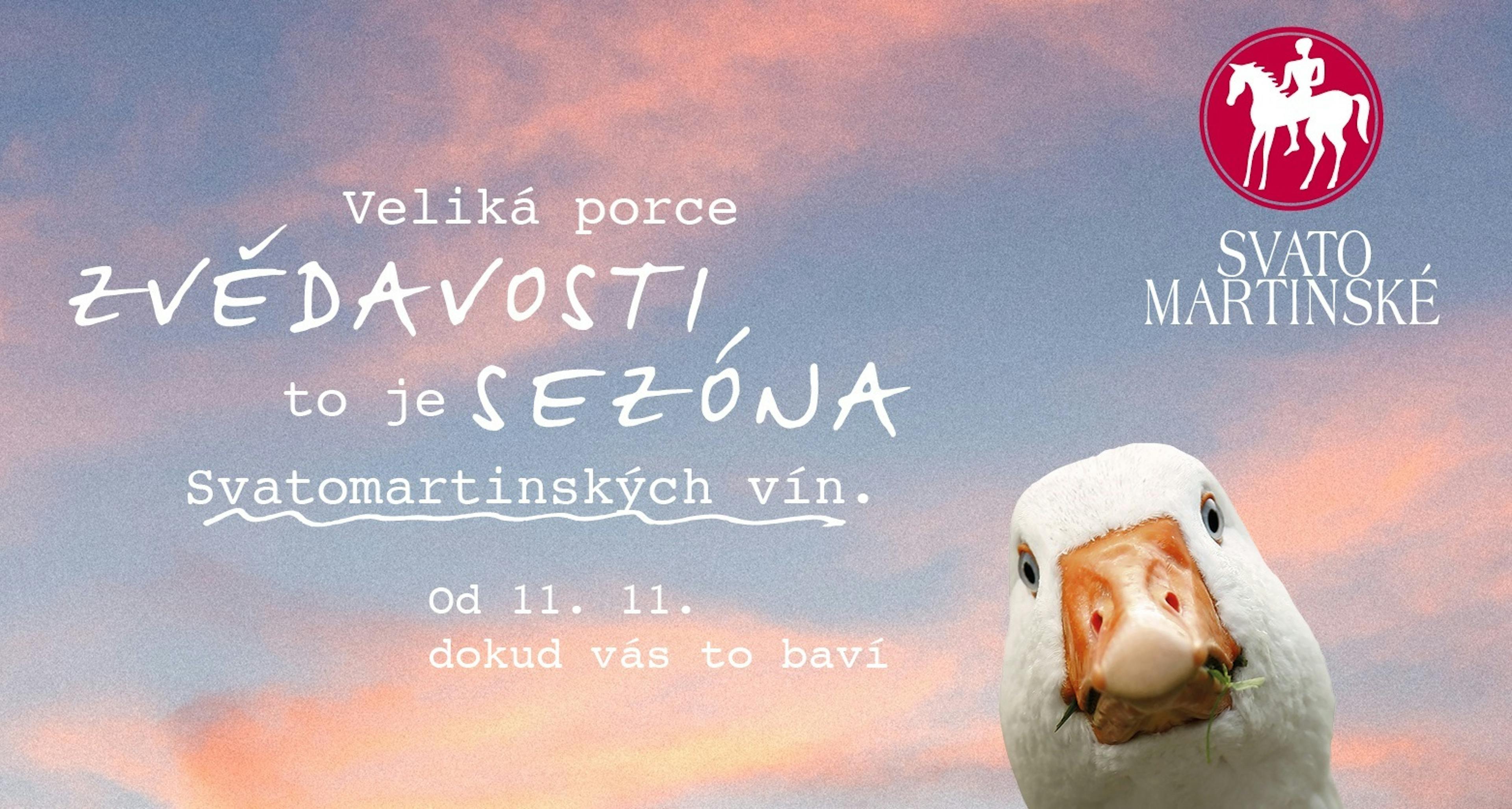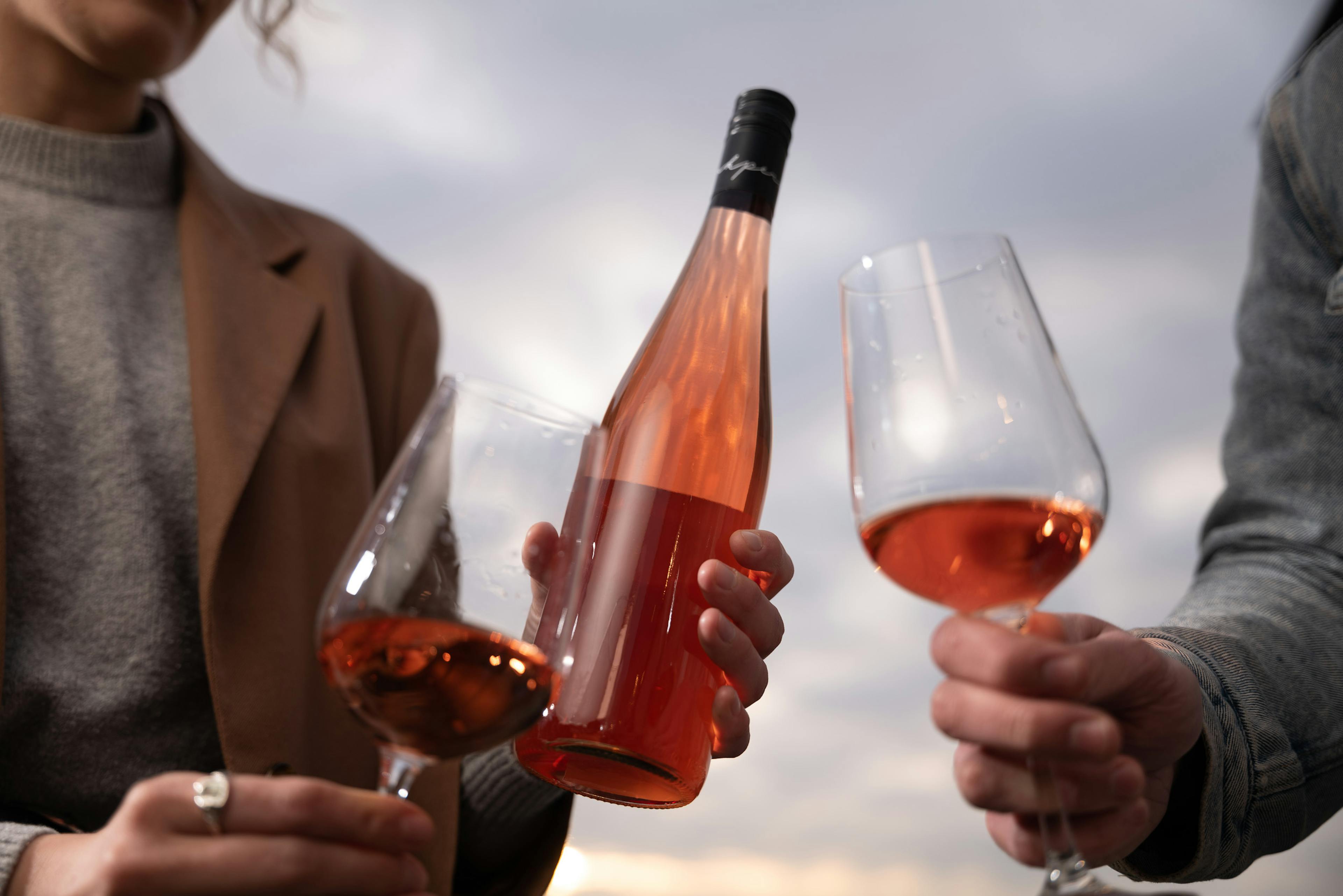Uherské Hradiště wine trail
From Uherské Hradiště in the north-east to the very south of Moravia towards Břeclav and Lanžhot – all this is covered by the wine sub-region of Slovácko (Moravian Slovakia), a land of traditional customs, songs, folk costumes and joyful parades. Apart from the numerous celebrations, a whole range of natural and matters of cultural interest, not all to do with wine, are there to entice visitors too. One of the pleasing options, while also helping one to keep fit, is to ride a bicycle.
The network of cycle tracks in Slovácko is well worked out, and that is why you can comfortably travel around the whole region. Even when from the point of view of the vineyard surface area and the number of winemakers, Uherské Hradiště is the smallest wine region of Moravia, wine cellars still await you in almost every village. The region is protected by the Chřiby hills and includes the water meadows of the River Morava (changing its name to March in neighbouring Austria), the rolling countryside around the town of Hluk and the south-westerly outcrop of the Vizovice highlands. The special nature of the countryside captivates the visitor at first sight, with a smaller number of vineyards planted out on exposed south-facing slopes, which gives a characteristically rich spectrum of aromatic substances to the wine. Typical varieties of the region are Riesling, Pinot Blanc and Müller-Thurgau. You can see and experience all in one or two days when taking the Uherské Hradiště wine trail which is also relatively placid and safe and therefore very well suited to family outings.
Sea, wine and cormorants too
You can take your bicycle to Uherské Hradiště from the direction of Zlín without any problems by taking the cyclobus which has been in operation for several years now. If you are a confirmed sports person and you think that your bike is the one and only means of transport, then the ideal solution for you is to take the route along the Moravian backbone trail leading from Znojmo. If, however, you belong to the majority, you will most probably choose the transport of your car and accommodation in some picturesque B&B facility. And now, hoorays for the pedals!
The ideal departure point for this seventy-five kilometre track is Moravský Písek, to which you may get by train, although you can of course join it anywhere you want. From here the way continues to Uherský Ostroh, small town built in the 14th century on the spot of an original prehistoric and later Slavonic settlement. The Strážnice wine and cycle trail joins us here from the south, but we will continue on to the north-east. The vast expanse of water area near Ostrožská Nová Ves came into being during the time when sandy gravel was being mined here and thanks to its size relative to the region as a whole it is often referred to as the Slovácko sea. The sandy lagoons are a much sought-after spot both for recreation and fishing. Here you may even catch a glimpse of, for instance, a cormorant or long-tailed tit, who build their nests in the reeds or tree branches in the shape of a drop. The presence of sulphur springs predestined the village to become a spa. From the 20th century the disorders of the musculoskeletal system and various skin problems have been treated here.
The next targets on the track are first the commune of Ostrožská Lhota and thereafter the town of Hluk with its renaissance water fortress, the very centre of the ethnographic region of Moravian Slovakia known as Dolňácko. Should you wish to take a short cut to Uherské Hradiště, you can leave the sign-posted track and turn off to the left. If you do this, however, you will miss some of the beauty spots, so it might be better to grit your teeth and flex your muscles and set off again on the path, for a few more kilometres in the direction of Slovakia. The village of Dolní Němčí lies on the border of the Slovácko wine sub-region and is also the most easterly point on the trail. It can also boast a history reaching way back into the era of the Celtic settlement, while the Neo-Gothic church from the end of the 19th century forms a boldly dominant feature. And now, upwards to Vlčnov, and that is meant in a literal sense. The path passing the settlement boasts a beautiful procession of folk architecture – colourful facades with granaries in the lofts, chapels, shrines and finally the Vlčnov “búdy”. These single-storey grape press houses were constructed without cellars, which makes them in essence unique viticultural edifices and nowadays classed as protected listed buildings.
Enjoy the wine harvest
As is well known, all roads lead to Rome, and similarly you can get to Uherské Hradiště from Vlčnov by several means. Our cycle track takes the roundabout way through the outskirts of Sady and Mařatice with their imposing wine cellars and from there along the banks of the River Morava to the centre of the royal town founded by Přemysl Otakar II and originally named Nový Velehrad (New Velehrad). Uherské Hradiště today still bears traces of the Middle Ages in the form of its ramparts – after all it was also built to protect against the marauding Hungarians. Apart from these, the town can be truly proud of its unique array of protected urban architecture as, for example, the old town hall, the parish church of Saint Francis Xavier, the renaissance “House U Slunce” or the Franciscan monastery with the Church of the Annunciation of the Virgin Mary. The triple town of Staré Město – Uherské Hradiště – Kunovice belongs among the most important archaeological regions from the beginnings of Slavonic settlement in the Czech Republic. In a relatively small area several important centres of the erstwhile Greater Moravian Empire stood next to one another.
Before arriving in the former fishermen’s settlement of Kostelany you can decide whether you want to visit the gravel lakes once more or prefer to get over the river by crossing the iron bridge, which is today a protected technical site. And you can also thoroughly explore the village, where you will also find a museum of fishing.
The final significant stopping point before the return to the beginning of the entire trail is Polešovice. This wine village has, in the same way as each village in Slovácko, its own particular folklore association. The winemaking tradition is documented with a mention of the existence of the Vine and Grape Research Centre, which can today boast a seventy-five-year history, not to mention that here one of the most important home-grown white-grape varieties for making wine – Moravian Muscat – was developed.
More on cycle trails in the wine region can be found on www.stezky.cz.



